2. Chapter 1 - The Missing "L" in Learning-Listening
- We experience spaces not only by seeing but also by listening. We can navigate a room in the dark, and "hear" the emptiness of a house without furniture. Our experience of music in a concert hall depends on whether we sit in the front row or under the balcony. The unique acoustics of religious spaces acquire symbolic meaning. Social relationships are strongly influenced by the way that space changes sound. In Spaces Speak, Are You Listening? Experiencing Aural Architecture, Barry Blesser and Linda-Ruth Salter examine auditory spatial awareness: experiencing space by attentive listening. Every environment has an aural architecture.
The audible attributes of physical space have always contributed to the fabric of human culture, as demonstrated by prehistoric multimedia cave paintings, classical Greek open-air theaters, Gothic cathedrals, acoustic geography of French villages, modern music reproduction, and virtual spaces in home theaters. Auditory spatial awareness is a prism that reveals a cultures attitudes toward hearing and space. Some listeners can learn to "see" objects with their ears, but even without training, we can all hear spatial geometry such as an open door or low ceiling.
Integrating contributions from a wide range of disciplines - including architecture, music, acoustics, evolution, anthropology, cognitive psychology, audio engineering, and many others - Spaces Speak, Are You Listening? establishes the concepts and language of aural architecture. These concepts provide an interdisciplinary guide for anyone interested in gaining a better understanding of how space enhances our well-being. Aural architecture is not the exclusive domain of specialists. Accidentally or intentionally, we all function as aural architects.
Were bad listeners
Listening is used most
- Dr. bird asked the dieticians to rate reading, writing, speaking and listening in order of their importance on the job. The results:
Reading 4% Writing 11% speaking 22% Listening 63%
False Assumptions about the ears
Nichols, R. G. and Leonard A. Stevens, Are You Listeing?, MaGraw Hill Book Company, New York, 1957

- 오늘 본 자료가 없습니다.
- 가트만의 역기능적인 의사소통에 대해 간략히 쓰고 일상생활에서 자신이 자주 사용하는 역기능적 의사소통의 예를 20개 이상(각 역기능적 의사소통 유형 당 5개 이상) 그리고 이를 역기능적이지 않은 방식으로 바꾸어 표현한 것을 제시하시오
- 노인복지주택의 문제점과 개선방안 ; 노인복지주택의 유형과 해외사례 분석
- 조직문화의 개념을 설명하고 조직문화가 갖고 있는 기능을 서술하시오. 또한, 조직의 성과를 달성하기 위해 조직문화가 어떤 역할을 하고, 조직문화를 왜 이해해야 하는지 자신의 견해를 서술하시오
- 로스만의 지역사회복지 실천모델 중 사회행동모델의 장점과 단점을 논하시오
- 국민기초생활보장제도의 문제점과 해결방안에 대해서 서술해 봅시다
- 우리나라 맞벌이 가족의 현황과 문제에 대한 해결방안을 설명하시오
- 보육실습의 목적은 학교에서 배운 이론과 지식을 어린이집에서 실제로 적용해보면서 보육교사의 역할을 직접 경험하는 것이다 첫째, 보육실습의 목적에 대해 적고 둘째, 보육실습생의 역할과 자세는 어떠해야 하는지 셋째, 실습의 경험이 향후 본인의 진로결정에 영향을 미칠 것인지에 대해 자신의 생각을 서론, 본론, 결론의 형식으로 논리적으로 서술해보세요
- 3~4주차를 통해 해외 및 국내의 자원봉사활동의 발전과정을 학습하였습니다 해외 중 한 나라를 선택하여 발전과정을 정리하고 선택한 나라와 우리나라를 비교하여 자원봉사 활성화 방안을 제시하시오
- GMO 이점과 문제점 분석 및 GMO에 대한 나의의견 (찬성의견)과 느낀점
- 사회복지행정의 분류 기준
해당 정보 및 게시물의 저작권과 기타 법적 책임은 자료 등록자에게 있습니다. 위 정보 및 게시물 내용의 불법적 이용,무단 전재·배포는 금지되어 있습니다. 저작권침해, 명예훼손 등 분쟁요소 발견 시 고객센터에 신고해 주시기 바랍니다.



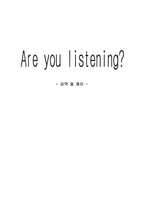



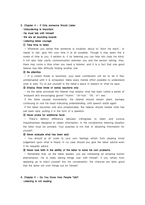
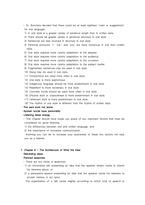
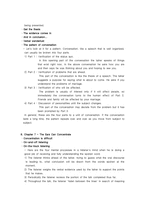
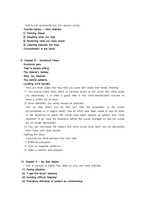

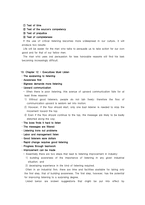
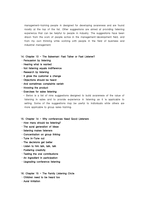
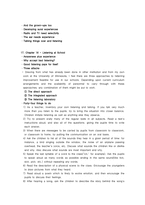
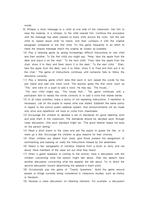
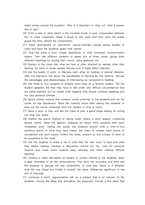
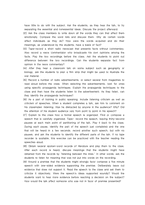
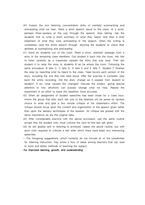


 분야
분야

